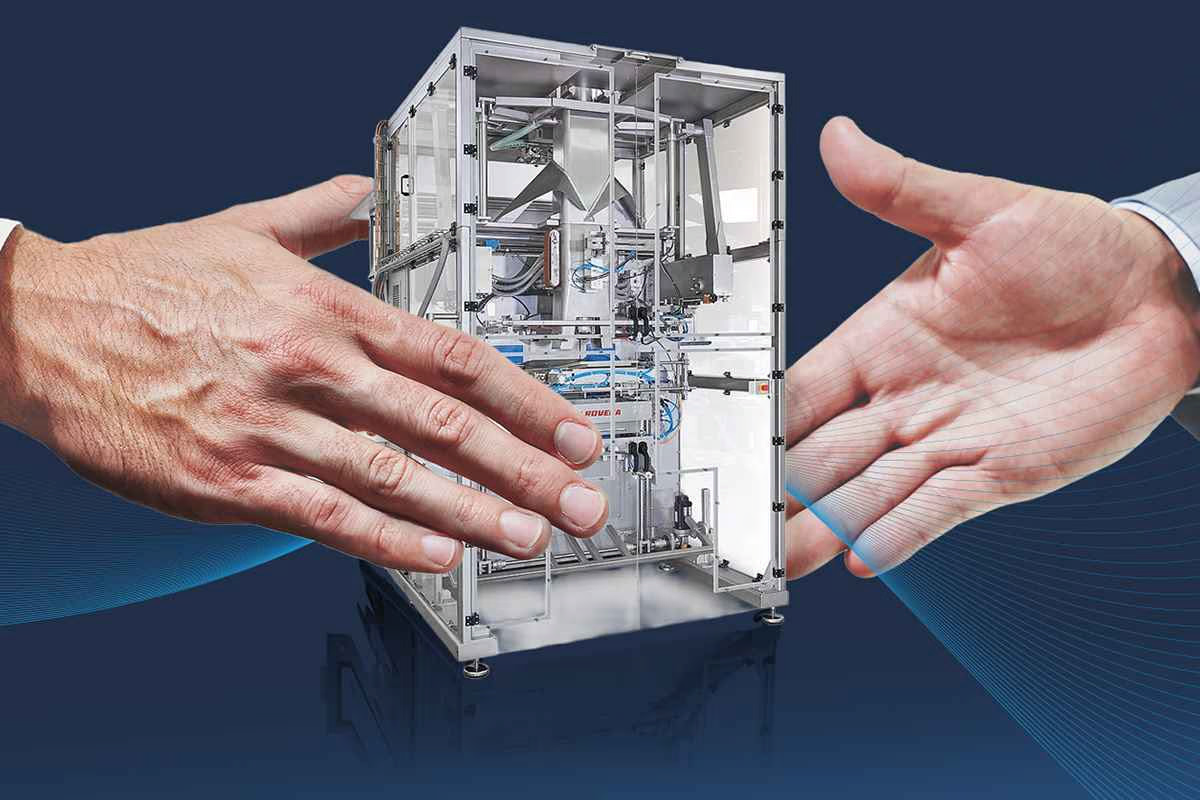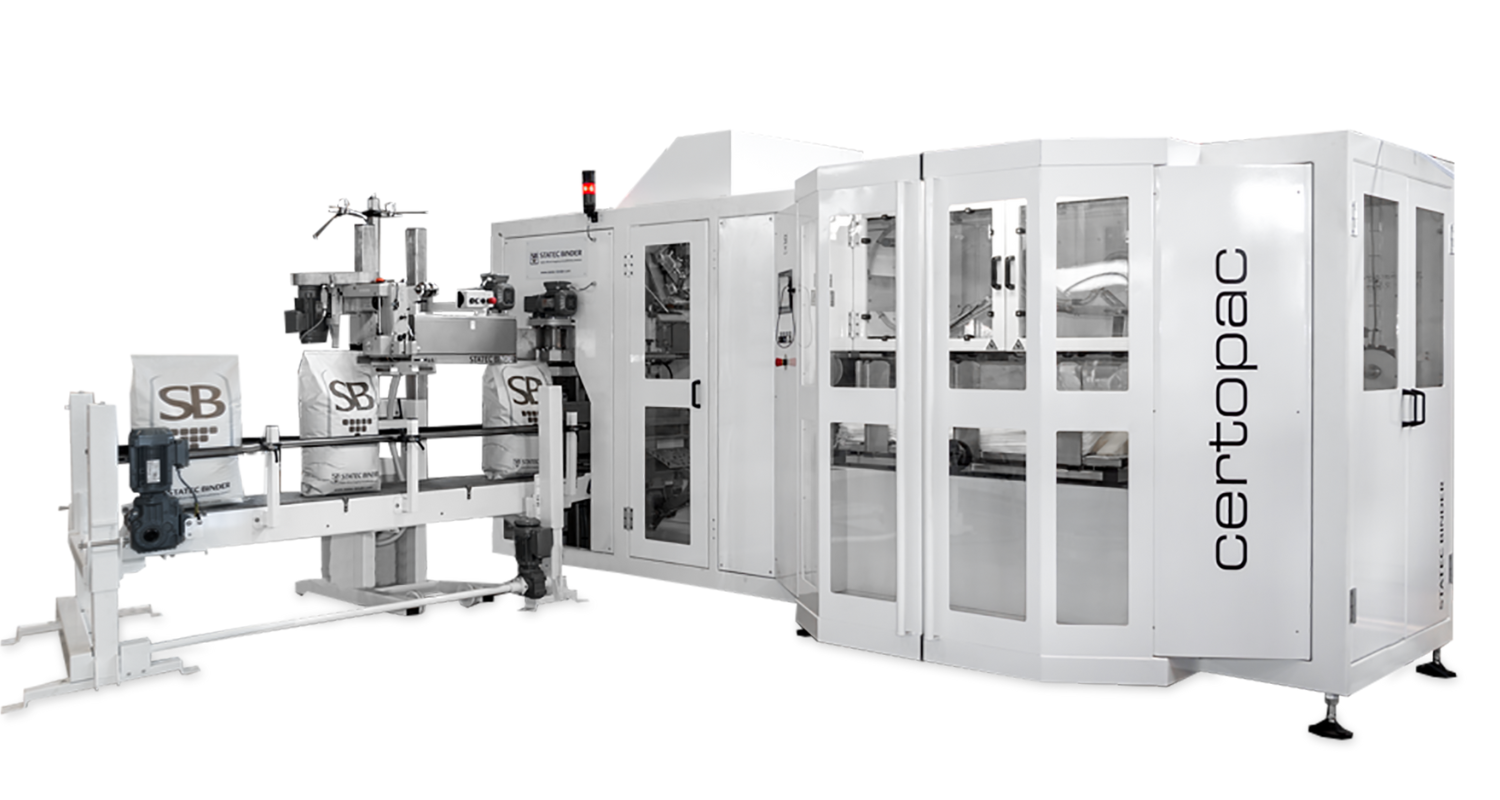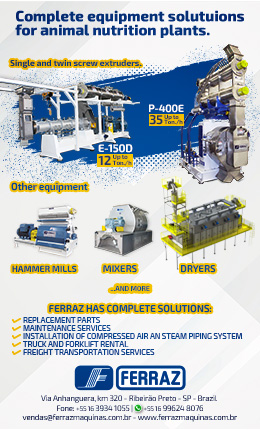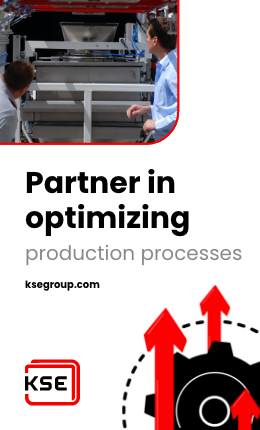As consumers shop for their pets, food and treat packaging can make or break their purchasing decisions. That's because packaging provides immediate and often visible evidence of a company's efforts to improve food safety, appeal to current consumer demands, and create a more sustainable future. Find out the food and treat trends that are driving changes and challenges in packaging.
Sample packs for snacking
The rise of snacking among consumers is carrying over to their pets. Many owners are still working from home in some capacity, so they're able to spoil their pets with snack breaks or use treats to keep pets occupied during conference calls.
More time at home also means more time to sample new products. But owners may prefer not to buy a large package of a particular treat if they aren't sure about the product's safety or palatability. They might also be looking for ways to offer their pets more variety.
Treat manufacturers can help with the decision process by bundling together different types of chews or treats for pets to try, or they can package individual items in small, sample-sized packaging. These formats are easy for owners to grab-and-go while at the store, and they're perfect for dropping into gift packages and subscription boxes.
Smaller batches, single servings
It's not just the treats that are getting single-serve, convenient packaging — pet food manufacturers are beginning to package pet food in smaller portions. It's common for manufacturers to package wet, fresh, and frozen food in individual pouches, but now brands like Purina are doing the same with kibble.
For pet owners, smaller package sizes have many advantages:
- Preventing obesity: Owners who struggle with how much to feed their pets can benefit from purchasing pre-portioned food.
- Maintaining freshness: Buying a 25-lb bag of food for a 5-lb dog may seem more cost-effective, but not if the food spoils and goes to waste. In general, it's best to use up dry food within about a month of opening, and small batches make it easier for owners to do so.
- Packing for adventures: Small packages are easy to pack up and take along when going on a hike or road trip with pets. There's likely to be a growing demand for smaller portions as consumers plan to include their pets in post-pandemic travel.
Premium quality and safety
More than 40% of dog and cat owners buy premium pet food. And a premium quality product deserves premium quality packaging to protect and preserve the contents. Clear, colorful designs and features that make the packaging easy to open and use also indicate to consumers that they're buying a premium product.
However, about half of pet owners who buy premium pet food are unhappy that they can't properly close the bag after opening. Pet food stays fresh longer if stored in its original packaging. But if the bag gets damaged while opening or pet owners struggle to reseal it between feedings, they risk compromising freshness by leaving it open or pouring the food into a separate container. So developing packaging that's not only easy to carry and open but reliably resealable is a key focus area for manufacturers, especially for premium products.
Sustainability
Sustainability continues to be an influencer of consumer behavior, even when it comes to pet care. Three-fourths of pet owners say environmental issues have swayed their pet care purchases and decisions, including (for 40%) what food they feed their pets. And nearly 75% of pet food purchasers say they feel more positively about brands that take steps to make packaging more sustainable.
The challenge for manufacturers is that sustainability often conflicts with other packaging trends. Environmentally-friendly packaging materials may not deliver optimal quality, durability, and food safety features. And smaller or single-serve packaging may add to the waste problem rather than solving it.
One solution is to continue to improve package recyclability, provide clear recycling instructions, for consumers, and encourage participation in recycling programs.
Last year, Pet Sustainability Coalition, Earth Animal, and Petfood Experts launched the Flex Forward program to do just that. The goal of the program is to find ways to break down flexible pet food packaging and reuse it to develop other types of pet products, like beds and toys. Through a return-to-retail program, retailers collected well over 5,000 lbs of used pet food and treat packaging for this purpose.
Another solution is to switch to reusable packaging, Open Farm is taking the lead on this, as the first pet food company to partner with Loop. Consumers can order the brand's food in stainless steel tins, which they return after use for cleaning and refilling. Free at-home pickup makes it easier for consumers to do their part.
Pet care trends may shift again as the pandemic passes, but demands for convenience, safety, and sustainability are likely to shape pet food packaging for years to come.
Source: Global Pets
Source: Food Industry Executive
You could be interested: Reliable packaging & palletizing of bulk materials with STATEC BINDER machines















































